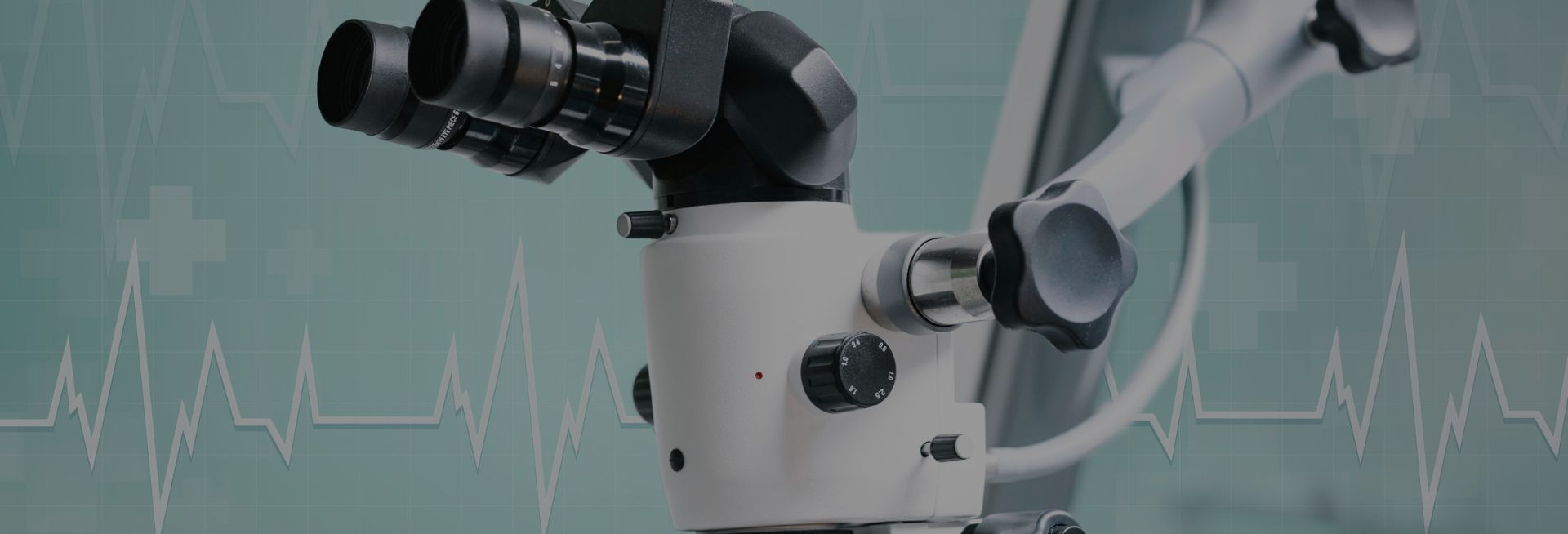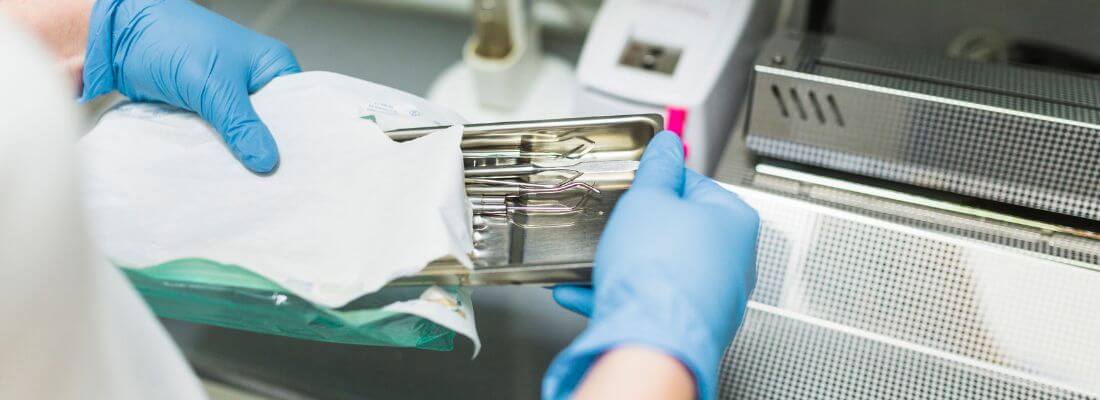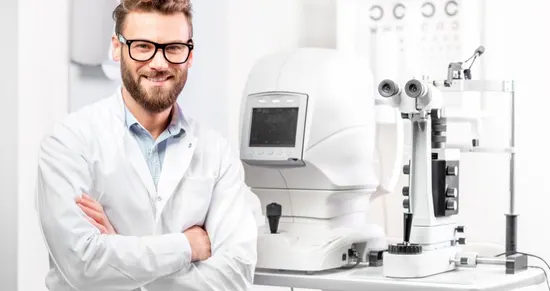Recalls of medical devices are an important part of managing healthcare, as they guarantee patient safety and uphold public confidence in medical technology. Manufacturers are taking action in the form of recalls to fix or remove potentially harmful products from the market. They are an essential part of an all-encompassing plan to shield customers from potentially dangerous outcomes. This blog post explores the reasons for medical device recalls, the fallout from them, and preventative measures to give readers a thorough understanding of this important topic.
Causes of Medical Device Recalls
- Design Defects: Some recalls happen as a result of the medical device’s innate design flaws.
It’s possible that these defects won’t be noticed until the gadget is used extensively. - Manufacturing Errors: Mistakes made in the production process can result in flaws in the finished product.
Recalls may be caused by problems including contamination, improper assembly, or inferior materials. - Issues with labelling or packing: Improper use of the device may result from inaccurate or ambiguous labelling and packing.
This may lead to harm or inadequate care, which would require a recall. - Material Defects: A variety of materials are used in medical equipment, and these materials can have flaws that jeopardize safety.
Corrosion, deterioration, and gradual material breakdown are a few examples. - Software Malfunctions:
- With the rise of connected and software-driven devices, malfunctions in software can pose risks.
- Bugs, glitches, or compatibility issues can prompt recalls for software updates or replacements.
Consequences of Medical Device Recalls
- Patient Harm: When a medical device is recalled, the primary concern is patient safety.
Device malfunctions could lead to cuts, infections, or even worse, perhaps lethal outcomes. - Burden on Healthcare Professionals: Recalls put additional strain on healthcare professionals.
They need to determine which equipment is affected, inform the patients, and arrange for replacements or alternative treatments. - Financial Repercussions: Recalls may result in large expenses for patients, medical facilities, and manufacturers.
Replacements, legal fees, investigations, and reputational damage all cost manufacturers money. - Loss of Trust: Recalls of medical equipment and healthcare systems have the power to erode public and patient confidence.
Patients’ treatment decisions may be affected if they become reluctant to use the same devices in the future.
How does the FDA notify the Public about Medical Device Recalls?
When a company initiates a correction or removal action, the FDA posts information about the action in the Medical Device Recall Database.
The FDA updates the Medical Device Recall Database after it classifies the recall and again after it terminates the recall.
In addition, the FDA may post company press releases or other public notices about recalls, market withdrawals, and safety alerts that may potentially present significant risks to consumers or users of the product.
After a recall has been classified, the FDA notifies the public in the weekly Enforcement Report. In addition, the FDA posts consumer information about Class I and some Class II and III recalls in order to ensure that patients are aware of the seriousness of the potential health hazard posed by exposure to the product.
Prevention Strategies for Medical Device Recalls
- Sturdy Testing and Quality Control:
- Throughout the development and production stages, manufacturers need to put strict testing procedures in place.
- This entails extensive testing to ensure longevity, functionality, and safety.
- Post-Market Surveillance:
- It’s critical to keep an eye on devices after they’re put on the market.
- This uses data analysis and adverse event reporting to help find possible problems early.
- Better Regulation and Oversight:
- In the US, regulatory agencies like the FDA are essential to the management of medical devices.
- Stricter rules, more stringent approval procedures, and frequent inspections can all aid in preventing defective products from being sold.
- Enhanced Training and Education:
- Healthcare professionals must receive proper training on using and maintaining medical devices.
- Patients should also be educated on the proper use and potential risks of devices they use at home.
- Clear Communication and Labeling:
- Clear, concise, and user-friendly labeling is essential for proper device use.
- Instructions for use, warnings, and precautions should be easy to understand for both healthcare providers and patients.
- Collaboration and Transparency:
- Collaboration among manufacturers, healthcare providers, regulators, and patients is key.
- Transparency in reporting issues and sharing data helps identify trends and prevent widespread harm.
Conclusion
Medical device recalls are a critical aspect of ensuring patient safety and maintaining the integrity of healthcare systems worldwide. By understanding the causes behind recalls, recognizing their consequences, and implementing effective prevention strategies, stakeholders can work together to minimize risks and protect patients. Robust testing, post-market surveillance, improved regulation, education, clear communication, and collaboration are all essential components of a comprehensive approach to reducing the occurrence of medical device recalls. Ultimately, the goal is to provide patients with access to safe, effective, and reliable medical devices that improve their quality of life without compromising their well-being.







